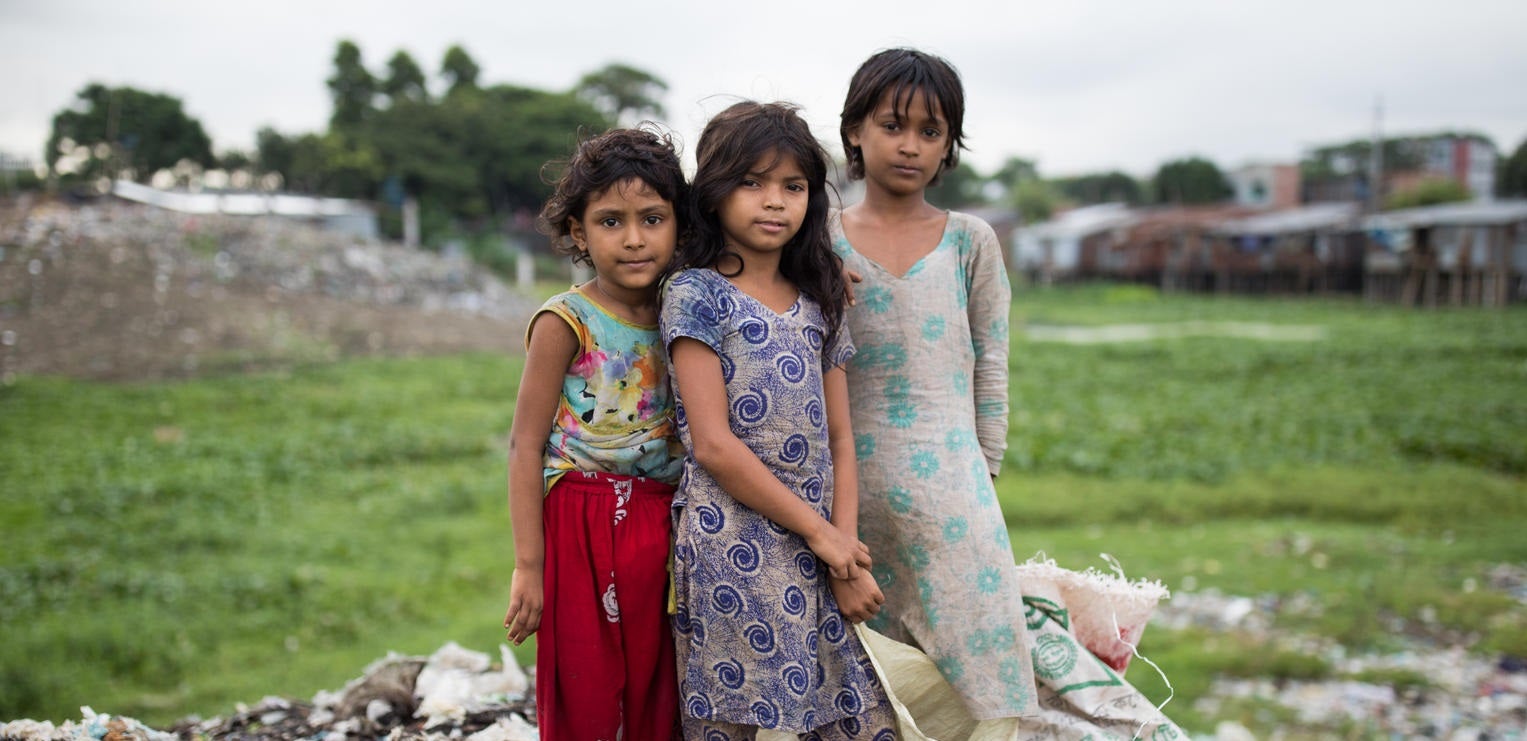Defining famine, what it is and how it differs from hunger.
Famine is a severe scarcity of food, leading to extreme hunger and even starvation in a population.
Famine occurs when there are extreme food shortages and people lack access to clean, safe water. Famine is a race against time, as children and their families are not only extremely hungry, but they can also become very sick as their bodies are not getting the critical nutrients they need to survive and fight off other life-threatening diseases.
When a country endures ongoing conflict or a severe climate-related disaster, such as prolonged drought, we sometimes hear the word famine start to be used. The reasons why famine occurs are complex and challenging and leave us with many questions.

What causes famine?
Conflict is often the main cause of famine, as it strains food, water supplies, and health systems. Other causes include drought, flooding and poverty.
When we think about famine, we often think of climate disasters, such as prolonged droughts or flooding, which can destroy crops and livelihoods. Although a factor, climate shocks are often not the main cause of famine. Throughout history, conflict, climate change, and poverty have all contributed to famine, yet conflict remains the leading cause.
Conflict, violence and mass displacement can destroy crops and food supplies and disrupt food distribution. Famine is not only about an extreme lack of food; it is also a lack of clean water, sanitation and health care which is a massive challenge in conflict situations.
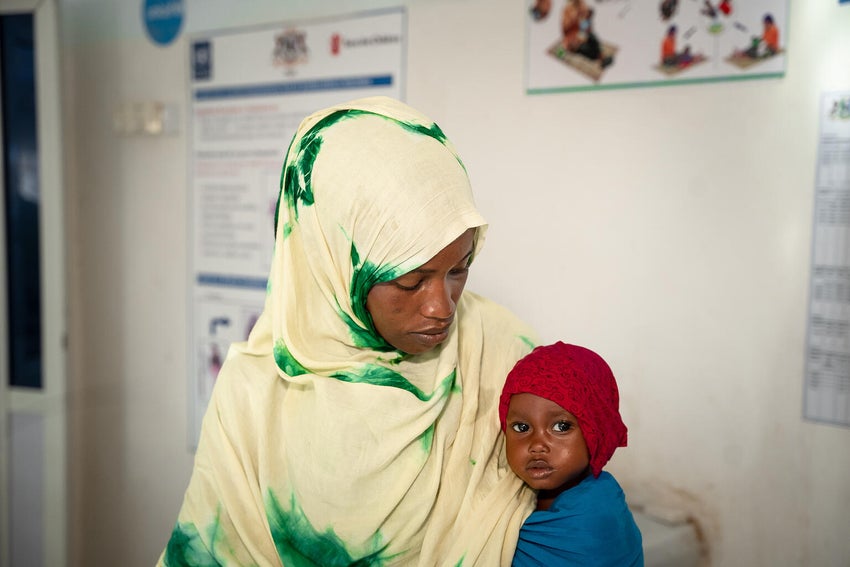
Who decides if there is a famine?
Using the Integrated Food Security Phase Classification (IPC), the United Nations works with governments to decide if a famine should be declared.
In 2004, the United Nations Food and Agriculture Organisation created the Integrated Food Security Phase Classification (IPC). This gives decision-makers such as local governments and United Nations agencies a well-thought-out understanding of food problems and how to plan and respond to food crises.
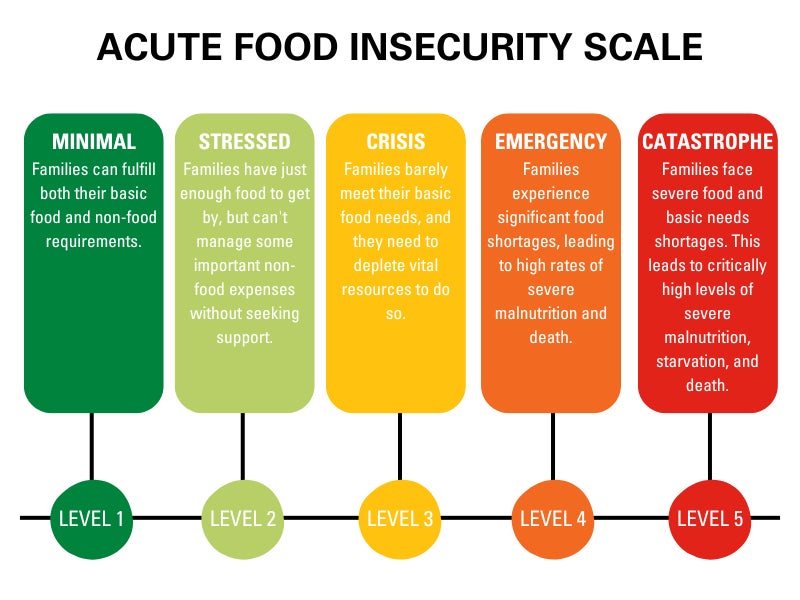
When is famine declared?
Around the world, the IPC is a tool that is used to keep track of hunger.Like the image indicates, level one is minimal, and level five is catastrophe (or famine).
For there to be a famine, all three criteria's below need to be met.
1. At least 20 per cent of households are facing an extreme lack of food;
2. and at least 30 per cent of children under five are suffering from wasting or other forms of acute malnutrition;
3. and at least two for every 10,000 people are dying each day due to outright starvation or the interaction of malnutrition and disease.

Where has there been a famine?
Many regions and countries around the world have experienced famine, including Sudan, China, Russia, Ethiopia and Somalia.
Sadly, over the decades, African nations, especially in the northern regions, have been heavily impacted by famine, and in some cases, multiple times, due to climate shocks and conflict; Sudan, Ethiopia, Somalia, Chad, Burkina Faso and Niger to name a few. But other countries around the world aren’t immune. We have also seen famine wreak havoc in places like Bangladesh, Cambodia, Yemen, Russia, Ukraine and North Korea. In fact, the Great Chinese Famine in the 1960s devastatingly killed around 30 million people.
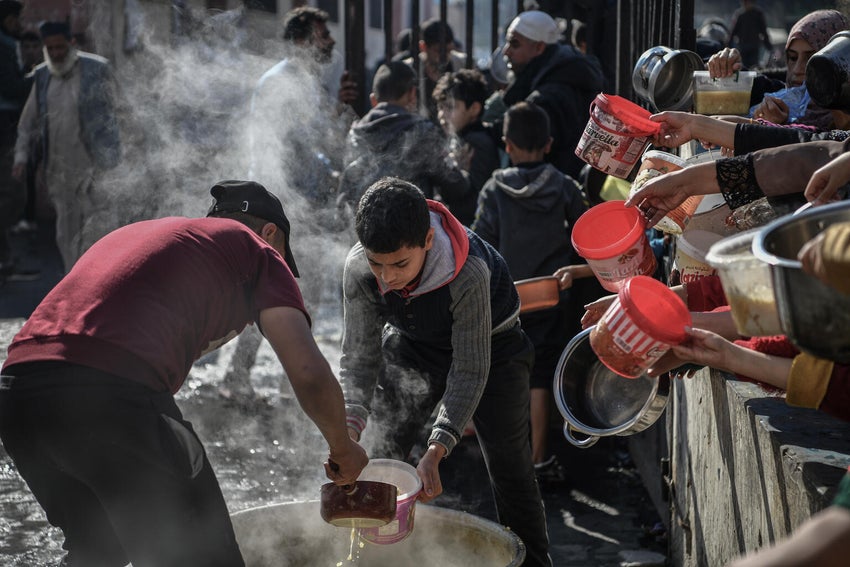
Which countries are on the brink of famine?
Across the Gaza Strip, people are on the brink of famine. Countries such as Somalia, Burkina Faso, Mali and South Sudan also risk experiencing famine.
We are seeing a steep rise in global hunger, with conflict and violence being the leading cause. For example, when the war in Ukraine escalated, it sent shock waves around the world. The cost of food and fuel skyrocketed, and as Ukraine and Russia are major exporters of wheat and barley, the ripple effect was felt across the globe, putting pressure on countries across Africa and the Middle East that rely heavily on these exports.
Due to ongoing conflict and mass displacement, famine was confirmed in Sudan's North Darfur in August 2024. As war rages in the Gaza Strip, people already devastated by continuous bombardment, displacement and violence are now on the brink of famine. Whether due to conflict, climate shock, or a combination of both, countries such as Somalia, Burkina Faso, Mali, South Sudan, and Yemen also risk experiencing famine.

Can famine be prevented?
Yes. With proper planning and coordination of lifesaving aid, famine can be prevented.
Famines are human-made crises, so we have the power to prevent and stop them. It requires both early action and interventions that go beyond delivering food aid. It also requires access to clean, safe water, health care and government interventions. Humanitarian aid can provide lifesaving services before, during and after famine is declared.
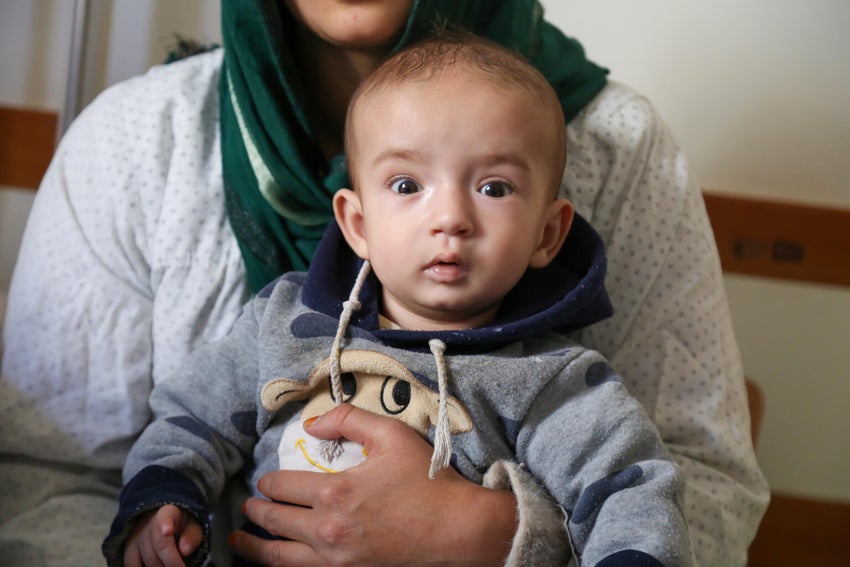
How does famine affect children?
When children experience extreme food insecurity, they become more vulnerable to disease and developmental delays.
Children are the most vulnerable during periods of famine and extreme food insecurity, especially children under five. They face a greater likelihood of severe malnutrition, which weakens their immune system, leading to severe health and developmental challenges that can last a lifetime; they can include asthma, anaemia and anxiety. Sadly, their weakened bodies are unable to fight off viruses that a healthy child would expect to, and they become more vulnerable to illnesses like diarrhoea or cholera.
When efforts to prevent malnutrition fail, early detection and treatment of life-threatening forms of malnutrition are critical to save lives and put them on a path to survive and thrive.

What is UNICEF doing to help children and families affected by famine?
From emergency relief to long-term development solutions, UNICEF works with communities to ensure children and their families survive and thrive.
Working in over 190 countries, UNICEF is on the ground, helping communities at risk or experiencing food insecurity. We work closely with local governments and partners to meet the most urgent needs of children and their families.
We deliver lifesaving services and supplies during emergencies, including access to water, sanitation, nutrition, education, health and protection services. UNICEF also supports work to build communities' resilience to cope with natural disasters like droughts, floods and other climate disasters.
For children in crisis, every second counts
Millions of children around the world face devastating losses and uncertain futures caused by natural disasters, public health crises and ongoing conflicts.
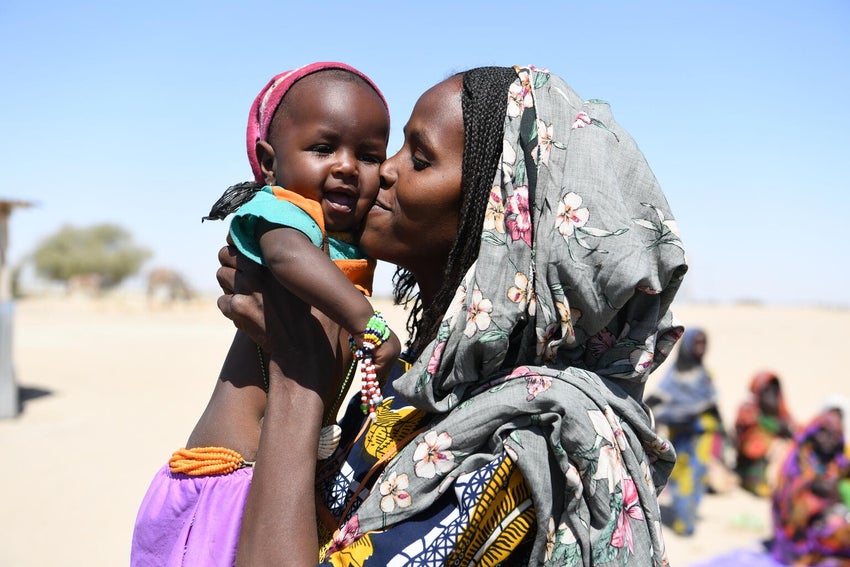
Subscribe and stay connected
Get the latest updates, inspiring stories, and ways to get involved, delivered straight to your inbox.
When you subscribe to UNICEF Australia’s email, you’ll learn how we’re making a difference in the lives of children, here in the Asia Pacific and around the world. From emergency relief to long-term development programs, UNICEF is there for every child when they need it most.


